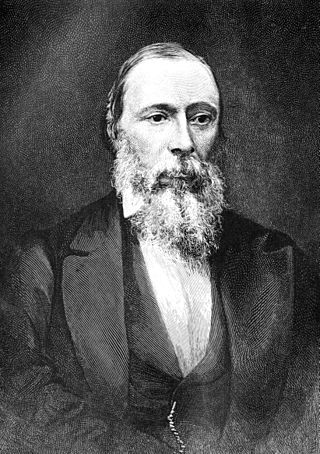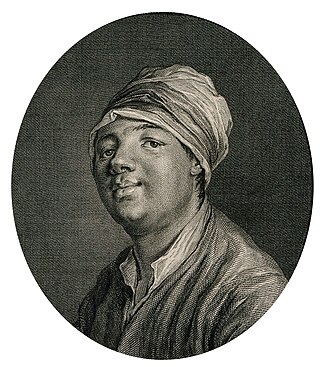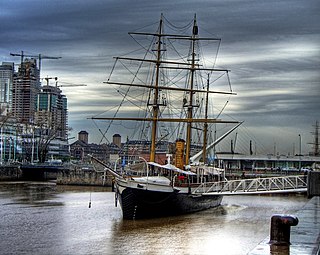
Joseph Jérôme Lefrançois de Lalande was a French astronomer, freemason and writer.

François Félix Tisserand was a French astronomer.

Sir David Gill was a Scottish astronomer who is known for measuring astronomical distances, for astrophotography and geodesy. He spent much of his career in South Africa.

A transit of Venus takes place when Venus passes directly between the Sun and the Earth, becoming visible against the solar disk. During a transit, Venus is visible as a small black circle moving across the face of the Sun.
Guillaume Joseph Hyacinthe Jean-Baptiste Le Gentil de la Galaisière was a French astronomer who discovered several nebulae and was appointed to the Royal Academy of Sciences. He wrote on the estimation of the distance from the Earth to the Sun using solar transits, made unsuccessful attempts to observe the 1761 and 1769 transits of Venus from India during an 11-year journey from France, and wrote a popular account of his adventures and misadventures during the journey.
William Henry Finlay (FRAS) was a South African astronomer. He was First Assistant at the Cape Observatory from 1873 to 1898 under Edward James Stone. He discovered the periodic comet 15P/Finlay. Earlier, he was one of the first to spot the "Great Comet of 1882". The first telegraphic determinations of longitude along the western coast of Africa were made by Finlay and T. F. Pullen.

Louis Niesten (1844–1920) was a Belgian astronomer working at the Brussels Royal Observatory. In 1877 he observed Mars and created a detailed map of its surface features.

Jean-Charles Houzeau de Lehaie was a Belgian astronomer and journalist. A French speaker, he moved to New Orleans after getting in trouble for his politics in Belgium.

Silverton is a large village and civil parish, about 8 miles (13 km) north of Exeter, in the English county of Devon. It is one of the oldest villages in Devon and dates from the first years of the Saxon occupation.

Dom Alexandre Guy Pingré was a French canon regular, astronomer and naval geographer.

The Royal Observatory of Belgium has been situated in the Uccle municipality of Brussels since 1890. It is part of the institutions of the Belgian Federal Science Policy Office (BELSPO).

Pelham Aldrich was a Royal Navy officer and explorer, who became Admiral Superintendent of Portsmouth Docks.

Jean-Baptiste Chappe d'Auteroche was a French astronomer, best known for his observations of the transits of Venus in 1761 and 1769.

The corbeta (corvette) ARA Uruguay, built in England, is the largest ship afloat of its age in the Armada de la República Argentina, with more than 140 years passed since its commissioning in September 1874. The last of the legendary squadron of President Sarmiento, the Uruguay took part in revolutions, ransoms, expeditions, rescues, and was even floating headquarters of the Navy School. During its operational history 1874–1926 the Uruguay has served as a gunboat, school ship, expedition support ship, Antarctic rescue ship, fisheries base supply ship, and hydrographic survey vessel, and is now a museum ship in Buenos Aires. The ship was built in 1874 at Laird Bros. shipyard of Birkenhead, England, at a cost of £32,000. This ship is rigged to a barque sailplan. The ship's steel hull is sheathed in teak.

Louis Thollon was a French astronomer.

The 1874 transit of Venus, which took place on 9 December 1874, was the first of the pair of transits of Venus that took place in the 19th century, with the second transit occurring eight years later in 1882. The previous pair of transits had taken place in 1761 and 1769, and the next pair would not take place until 2004 and 2012. As with previous transits, the 1874 transit would provide an opportunity for improved measurements and observations. Numerous expeditions were planned and sent out to observe the transit from locations around the globe, with several countries setting up official committees to organise the planning.
Charles Émile Stuyvaert was a Belgian astronomer. He was a contemporary of Albert Lancaster, Louis Niesten and Jean-Charles Houzeau.

Passage de Vénus is a series of photographs of the transit of the planet Venus across the Sun on 9 December 1874. They were purportedly taken in Japan by the French astronomer Jules Janssen and Brazilian engineer Francisco Antônio de Almeida using Janssen's 'photographic revolver'.
The following lists events that happened during 1882 in the Kingdom of Belgium.

Jacques-André Mallet ; also Mallet-Favre; 23 September 1740 – 31 January 1790) was a Genevan mathematician and astronomer.

















